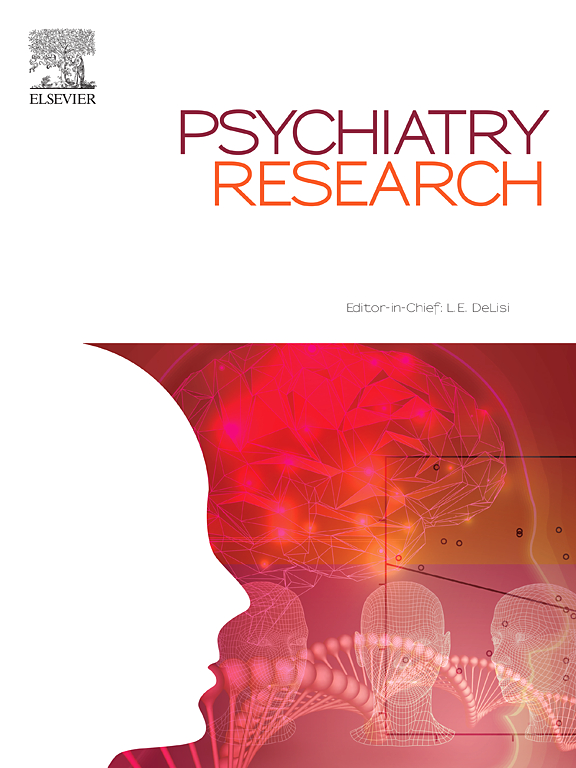Authors: Deborah Scharf, PhD, et aL
Abstract: Measurement-informed care (MIC), also known as measurement-based care or patient-reported outcomes, for behavioral health conditions has had low uptake in the US.
To advance MIC, the authors reviewed nationally-endorsed behavioral health measures and worked with experts to recommend a core set of priority outpatient measures for use.
The resulting measures for common behavioral and comorbid conditions are outcome-based, low-burden, and suitable for value-based payment.
Behavioral health clinicians are urged to use repeated clinical measurements to improve outcomes and to support system needs by justifying, apportioning, and financing care. These practices align with those in chronic disease management in general medicine, in which measures such as hemoglobin A1c are used to determine diabetes care, and blood pressure is used to determine care for hypertension.
Collaborative care model research, showing that a single measure (i.e., the Patient Health Questionnaire–9) can inform primary care to enhance effectiveness and accountability in depression care, suggests that similar strategies may be effective in community behavioral health. Indeed, routine clinical measurements of behavioral health symptoms and other indicators (e.g., the therapeutic alliance) yield a range of benefits, such as improved client retention, reduced no-show rates, and improved clinical outcomes.
To realize their potential, however, behavioral health measurement approaches must also reflect the science, ideology, and culture of the field, say the authors.
Several recent reports direct clinicians and organizations toward a curated set of measures for their emerging measurement needs. “Although these proposed lists are helpful, stronger consensus is needed around a small core set of measures that can be broadly implemented and sustained,” say the authors. “Priority measures for this core set should be aligned with current population health recommendations for screening (i.e., by the US Preventive Services Task Force), widely endorsed quality measures (i.e., by the National Committee for Quality Assurance and Healthcare Effectiveness Data and Information Set), and measures with potential for broad use across the range of behavioral health populations and common comorbid conditions.”
Measures proposed by the authors are “meaningful across clinical and organizational purposes and are sustainable because of their low burden and benefits to patients, providers, payers, and regulatory agencies,” they say.
Their literature review here summarizes available quality measures endorsed by US national health care organizations between September 2022 and February 2023. They then review and code them along MIC-relevant dimensions, including diagnosis or disorder, population, psychometric properties, process versus outcome orientation, and specification of standardized assessment tools. Fewer than 25% of the >200 identified measures are patient-reported outcomes.
Twelve experts in addiction, administration, clinical care, integrated care, primary care, psychology, psychiatry, quality measurement, research, and social work reviewed the coded measure set. The primary issues they raised were the disconnect between regulators’, payers’, and general medical partners’ measurement expectations, and suitable measures for MIC in behavioral health.
The authors defined MIC as:
- Use of reliable and valid service user-reported outcomes or biometric indicators.
- Use of repeated measurements at clinically meaningful, regular intervals.
- Use of measure scores as one among other sources of information (e.g., service user preferences, social driver needs, culture, quality of life, functional needs and goals, family support, health literacy, and others) for making care decisions to support recovery.
- Use of the same measures to indicate accountability and efficiency of care.
Importance: MIC has the potential to improve behavioral health measurement uptake, implementation, and sustainability. Clinically, MIC may efficiently inform care and improve outcomes through effective use of data. Organizationally, a tightly curated and payer-aligned measure set can reduce burden from competing clinical, quality, accountability, and fiscal reporting practices. Aligned and synthesizable data sets can illustrate the impact of behavioral health services nationwide, which can help attract investment in behavioral health care.
Availability: Published by Psychiatry Online.






